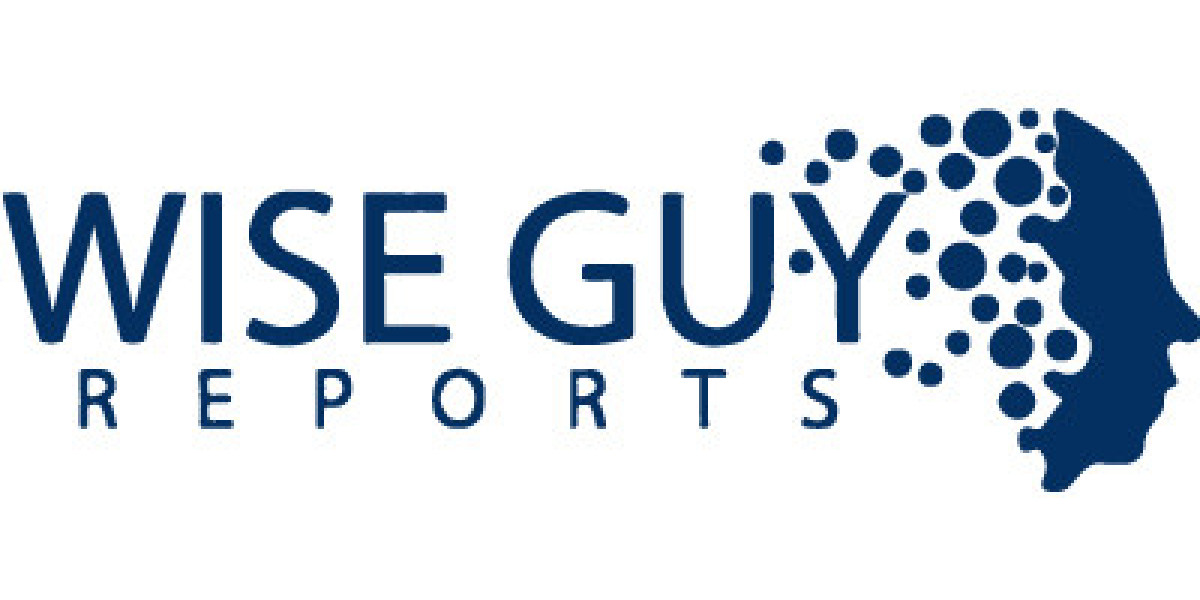In the digital age, nonprofit organizations must have a solid online presence to engage and effectively reach their target audience. To effectively communicate the organization's objective, draw in contributors, and encourage volunteer involvement, nonprofit website design is essential. Nonprofits must keep up with the most recent web design trends as we move into 2023 if they want to be competitive and have a significant influence. This explores the cutting-edge non-profit web design trends in 2023, highlighting how they can embrace innovation and technology to further their causes.
Responsive Design and Mobile Optimization
Due to the continued growth in mobile internet usage in 2023, responsive design and mobile optimization are more important than ever. Nonprofit websites must be responsive to different screen sizes and provide a consistent user experience across all devices. The significance of mobile-friendly websites is further highlighted by Google's mobile-first indexing, which impacts search engine rankings.
Clean and Simple Layouts
Modern web design emphasizes simplicity. Nonprofit websites increasingly focus on decluttered designs, prioritizing content and user experience, and embracing minimalist and clean layouts. This strategy ensures visitors can swiftly and distraction-free understand the organization's message and mission.
Dark Mode and Accessibility
Because it can improve accessibility as well as reduce eye strain, dark mode has become a prominent design trend. Nonprofit websites are starting to understand how crucial it is to accommodate various user demands and ensure that everyone, including those with disabilities, can readily access their information.
SEO (search engine optimization)
SEO is still a crucial component of nonprofit websites. Organizations may ensure their material appears highly in search results and draws more organic traffic and potential donors by optimizing their websites for search engines.
Geo-Targeting and Local Outreach
Using geo-targeting technologies, nonprofits can tailor their content to a user's location. Organizations can use this strategy to customize their messages for regional audiences, encouraging volunteerism and community involvement.
User-Generated Content
One effective strategy for nonprofits to increase their credibility and authenticity is to promote user-generated material, such as testimonials, reviews, and tales. Supporters can contribute their stories and contributions to the cause in places on websites
Artificial Intelligence (AI) Integration
Web design for nonprofits is significantly changing as a result of AI-driven technologies. For instance, chatbots offer visitors immediate assistance by responding to frequent concerns and directing them to pertinent resources or donation alternatives. AI is also useful for data analysis, which enables businesses to customize user experiences and make data-driven decisions.
Headers and backgrounds for videos
Headers and video backgrounds are increasingly popular as eye-catching design components. Nonprofits use this trend to give behind-the-scenes peeks of their work, highlight powerful tales, and design visually appealing homepages that leave an impression.
Voice Search Optimization
Nonprofit websites are improving their material for voice search as speech-activated devices and virtual assistants like Siri and Alexa become more prevalent. For users to discover information fast, content must be structured according to how people naturally talk when using voice commands.
Social Media Integration
More and more nonprofit organizations link their social media platforms to their websites. Users may follow, share, and interact with the organization's material on social media, which increases their reach and effect.
Progressive Web Apps (PWAs)
PWAs benefit nonprofits by using both a web and a mobile app. These web applications are an excellent option for businesses wishing to effectively engage their audience even in places with low internet connectivity because they are quick, dependable, and offline-capable.
Virtual Events and Webinars
Nonprofits are integrating tools for hosting webinars, virtual events, and live streaming directly on their websites due to the continuing significance of virtual interaction. This enables businesses to communicate with fans in real-time, exchange information, and raise money more successfully.
GDPR Compliance and Data Privacy
Nonprofit organizations are taking action to ensure their websites comply with laws like the General Data Protection Regulation (GDPR) in an era of increased awareness about data privacy. This includes having clear privacy policies, consent forms, and safe data management practices to earn visitors' trust.
Blockchain for Transparency and Trust
Nonprofit organizations are utilizing blockchain technology to boost transparency and foster donor confidence. It enables organizations to keep tabs on and publicly display how donations are put to use, ensuring that funds are allocated as stated and giving contributors more assurance that their contributions are being used as intended.
Eco-friendly and sustainable design
Nonprofit organizations are incorporating sustainability in their web design in this era of increased environmental consciousness. Supporting their social responsibility agendas entails optimizing websites for energy efficiency, lowering carbon footprints, and employing eco-friendly hosting options.
Engaging Storytelling
Emotional storytelling is still a potent technique for nonprofits to engage their audience on a human level. Websites are utilizing immersive storytelling approaches in 2023 to develop emotionally engaging storylines that encourage support and engagement. These strategies include interactive images, films, and virtual reality experiences
Gamification for Fundraising
Websites for nonprofit organizations are incorporating gamification components like progress bars, medals, and challenges to make the contribution process more enjoyable and rewarding. This strategy inspires supporters to get more deeply involved with the cause.
Cryptocurrency and microdonations
Cryptocurrency-enabled microdonations are becoming more popular among nonprofit organizations. This trend broadens the donor base and makes foreign donations easier by enabling supporters to make small, regular contributions using cryptocurrencies like Bitcoin, Ethereum, and others.
User-Centric Navigation
The goal of user-centric navigation is to make it simple for users to find what they're looking for immediately. To create a seamless user experience, nonprofit websites prioritize clear call-to-action buttons, logical information architecture, and easy navigation menus.
User Engagement and Microinteractions
Microinteractions, like subtly animated features and feedback components, are essential for increasing user engagement. When used carefully, they can help users navigate a website, promote engagement, and offer visual signals for a more natural browsing experience.
Data-driven content and personalization
Personalization is now available on websites other than e-commerce ones. Nonprofits are using data analytics to provide customized content to website visitors. By studying user preferences and behavior, organizations may adjust their messaging and donation requests for optimum impact.
Dynamic Content and Real-Time Updates
Nonprofit websites are guaranteed to constantly display the most recent information, thanks to real-time content updates. This may include real-time donation counters, event updates, and news feeds to keep visitors interested and informed.
Chatbots for Engagement and Support
From straightforward Q&A features to complex engagement tools, chatbots are advancing. Nonprofits use chatbots to start dialogues with website visitors, direct them through the site, and even offer emotional support when necessary.
CONCLUSION:
To effectively explain the organization's objective, engage supporters, and promote good change in 2023, nonprofit site design must embrace innovation and technology. One can take the help of experienced web design agencies like JanBask Digital Design, which helps these cutting-edge web design trends, like immersive storytelling, responsive design, AI integration, and blockchain transparency, so nonprofits can reach their lofty objectives and leave a lasting impression on their target audiences. Nonprofit organizations can embrace the power of the digital world to build a better future for their causes by keeping up with current website design trends.



